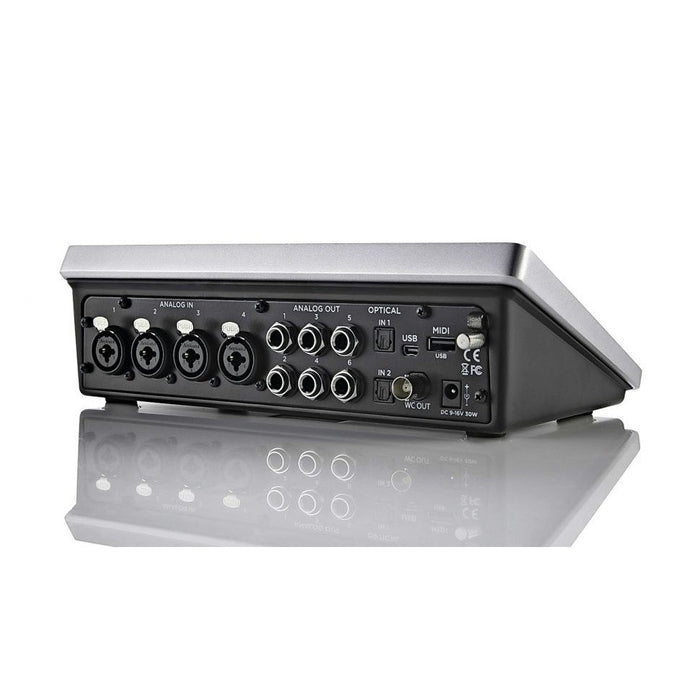

The truth is that there are virtually zero interfaces on the market using USB3 or Thunderbolt 3. Then you have a 96% CPU load and start to have some trouble. If you have a virtual instrument which use, let's say 12% CPU to compute its samples, you may only load 8 of them. The amount of effects or instruments you can have depdends mainly of the amount of CPU. Where teh parameter (buffer size, sample rate) identical ? This can explain we try not to have a too small buffer : very instructive this comparison, I didn't know the main PC could have such an high impact. Note that an operating system has many things to do each time it is waked in purpose of producing a buffer (before the computing by itself). But since you havn't, you have to a design a driver and its corresponding audio card with some quite higher periods. (1ms is the clock period of USB1, USB2 and USB3 have a 0.125ms clock period). the PC is by itself very responsive), you will be able to design a 1ms latency audio-card. If you have a perfectly reactive PC (and OS. To prevent them, the audio card can process each buffer with a little added delay, then if a buffer comes a little latter, it won't be to late and you won't hear that. In a real world, some buffer will arrive with a little delay which would create drop out.

In an ideal world, the computer will send the lets say 4ms worth buffer every 4ms and the audio card will just have to play them as soon as they are received. Then you will get a 4ms latency.īut the audio interface can add some latency. If you have a 4ms worth buffer size (192/44,100): when the input send a sound you want to output, you will immediately compute the first byte of the buffer, but then, you will have to wait 4ms to get a buffer ready to send.

You can divide the buffer size by the sample rate and you have a first factor of latency. The latency comes from 2 things : the buffer size, and some overhead in the process. There are 2 questions : latency and quantity of loaded instruments and effects.


 0 kommentar(er)
0 kommentar(er)
